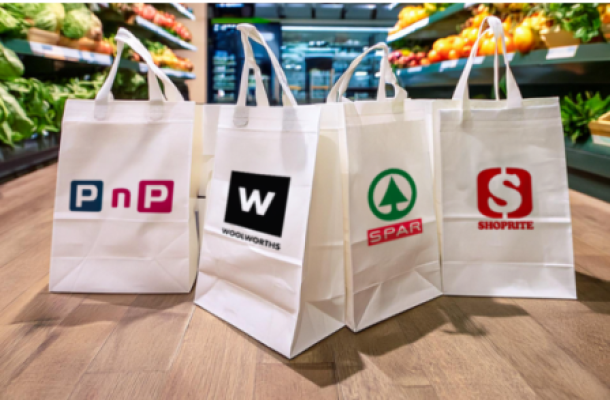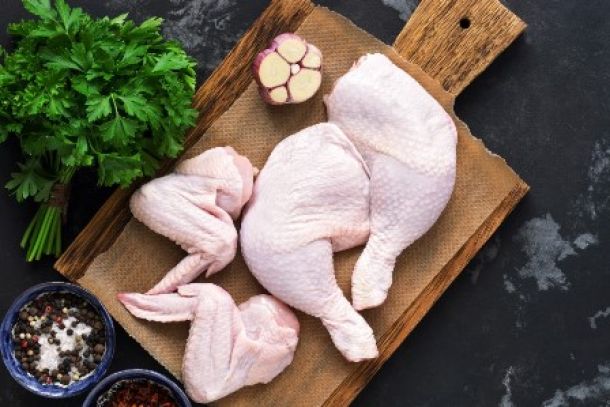Poultry fears laid to rest
The local poultry industry can breathe a sigh of relief as US poultry hasn’t flooded the local market as was feared. US chicken imports hit South African supermarket shelves in March after a protracted trade dispute was settled, which ensured South Africa would continue to receive trade benefits under the African Growth and Opportunity Act.
The local poultry industry can breathe a sigh of relief as US poultry hasn’t flooded the local market as was feared. US chicken imports hit South African supermarket shelves in March after a protracted trade dispute was settled, which ensured South Africa would continue to receive trade benefits under the African Growth and Opportunity Act.
But Agricultural Business Chamber (Agbiz) economists Wandile Sihlobo and Tinashe Kabuya said on Friday that poultry imports from the US only constituted 8 percent of the overall imports to South Africa in nine months.
“Between January 2016 and September 2016, South Africa imported 230 643 tons of bone-in poultry portions, which include wings, quarters, feet, drumsticks, among others. Of this quantity, around 18 098 tons (only 8 percent) has come from the US over the same period,” they said.
The economists stated further that South Africa gave the US a temporary rebate provision that provided a quota of 65 000 tons a year of US bone-in poultry cuts into the country.
'No threat'
The rebate specified that the US was exempt from paying an anti-dumping duty of R9.40 per kilogram, as part of a concession made by South Africa to allow for the country to retain its preferential market access under Agoa.
“The local industry had a valid point about job losses but the number of US imports is not flooding the market. The 8 percent is not a threat to local jobs at all,” Sihlobo added.
To back their argument, the Agbiz economists said the quota for bone-in poultry imports was divided into four equal portions of 16 250 tons per quarter. The first quarter (January to March) saw a total of 9 723 tons of bone-in poultry imports from the US into the South African market. This was only 60 percent of the quota.
“While the expectation was for poultry bone-in imports from the US to peak in the second quarter, they, however, declined by 47 percent to 5 113 tons between April 2 and June. The third quarter (July to September) saw a further decline of 36 percent, with US bone-in poultry imports coming in at only 3 262 tons. The US would have had a market share of 21 percent, if the quota to date, was fully filled,” the economists noted.
The figures revealed that the EU and Brazil had more imports, with 72 percent and 17 percent respectively, they said.
“It seems the impact of the drought and the exchange rate may have had far more adverse effects on the domestic industry’s competitiveness, rather than bone-in imports from the US, as was initially feared. So far, it seems like poultry imports from the US will not be a major factor, at least for now,” they concluded.
Local poultry producers have argued that cheap poultry imports, particularly from the US, would put the South African poultry industry under pressure, threatening the industry’s growth and jobs.
Due to the drought, maize costs in South Africa have increased sharply, increasing the cost of chicken feed. As maize makes up more than 50 percent of broiler feed, this increased the cost of poultry.
The SA Poultry Association said in May that the poultry industry was the largest agricultural sector in the country, contributing about 22 percent of total agriculture income in 2012 with a combined gross income coming in at more than R37.81 billion.
SUNDAY INDEPENDENT
News Category
- International retailers
- On the move
- Awards and achievements
- Legislation
- Wine and liquor
- Africa
- Going green
- Supplier news
- Research tools
- Retailer trading results
- Supply chain
- Innovation and technology
- Economic factors
- Crime and security
- Store Openings
- Marketing and Promotions
- Social Responsibility
- Brand Press Office
Related Articles

Checkers Sixty60 wipes floor with Pick n Pay As...

Top tips for consumers to combat escalating ele...

Clear winner in South African retail battle

Drinks survey reveals Rooibos as a top choice a...


